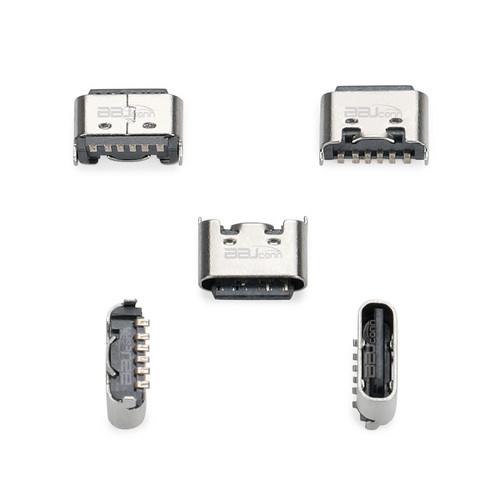Welcome to the official website of Shenzhen Bubujing Technology Co., Ltd.
-
 contact number
contact number15013815515
-
 email address
email address -
 office hours
office hoursMon-Sat: 9.00am to 18.00pm
Welcome to the official website of Shenzhen Bubujing Technology Co., Ltd.

15013815515


Mon-Sat: 9.00am to 18.00pm
Shenzhen Bubujing Technology Co., Ltd.
Mobile: 15013815515
Fixed line: 0755-82886755
Email: bbj001@szbbj.cn
Website: www.bbjconn.net
Factory address: Building 124-128, Seventh Industrial Zone, Mashan Tou Community, Matian Street, Guangming District, Shenzhen
Type-C interface installation method analysis
With the continuous advancement of technology,Type-C interfaceIt has become a mainstream choice in modern electronic equipment. Its characteristics of fast data transmission and reversible connection make it very popular. However, when choosing the Type-C interface installation method, it is often necessary to base on the type of equipment, space constraints and performance requirements. Factors should be considered comprehensively. This article will discuss the 4 common installation methods of Type-C interface: surface mount, through-hole welding, plywood welding and vertical patch, as well as their advantages and disadvantages, to help readers choose the best solution to improve device performance .
The first installation method of Type-C interface is surface mount. Surface mount is suitable for devices with high space requirements, such as ultra-thin laptops and tablets. By directly soldering the Type-C interface to the surface of the device motherboard , which can save space and achieve high-speed data transmission. However, the surface mount installation method has certain requirements on the thickness and stability of the motherboard, and it is difficult to maintain.
The second installation method is through-hole welding. Through-hole welding is usually used for devices that require high mechanical strength, such as smartphones and digital cameras. By reserving holes on the motherboard, the pins of the Type-C interface are passed through the holes. And soldering can enhance the connection stability and vibration resistance between the interface and the motherboard. However, through-hole soldering requires more precise processes and equipment, and the cost is higher.

The third installation method is plywood welding. Plywood welding is suitable for portable devices with strict space requirements, such as smart watches and portable game consoles. By clamping the Type-C interface to the plywood of the device and welding it to fix it, you can effectively save money. space, making the device thinner and more portable. However, plywood welding needs to consider the mechanical structure and heat dissipation design of the device to avoid the interface from being damaged or falling off.
The last installation method is the vertical patch. The vertical patch is often used for equipment with high signal transmission requirements, such as high-definition monitors and virtual reality glasses. By vertically installing the Type-C interface and performing surface patch welding, you can Reduce interference and loss during signal transmission and improve the performance stability of the device. However, the vertical patch installation method requires attention to the gap and contact between the interface and the device.
To sum up, choosing the appropriate Type-C interface installation method requires comprehensive consideration of factors such as device type, space constraints, and performance requirements. Each installation method has its advantages and disadvantages, and no one is suitable for all situations. Therefore, When designing and manufacturing equipment, the best solution should be selected based on actual needs to improve equipment performance and user experience.
Mr. Lee
15013815515
No. 7 Industrial Zone, Mashantou Community, Matian Street, Guangming District, Shenzhen
(Building 124.125.128, No. 1 Industrial Park, Mashantou, Guangming Jianfa)
bbj001@szbbj.cn
